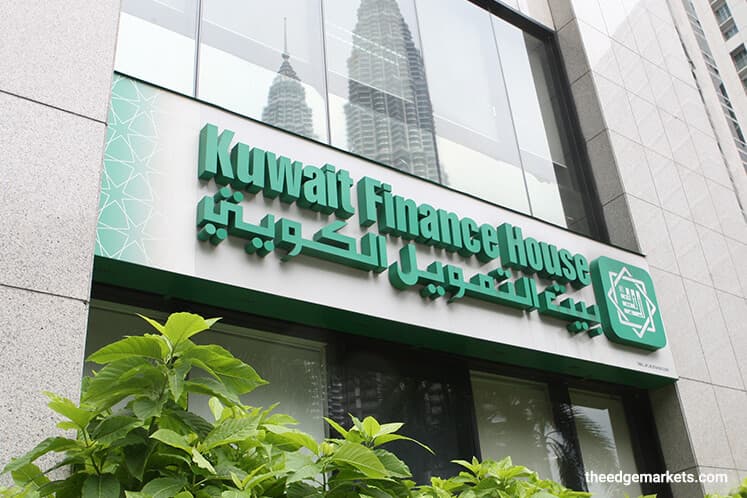
This article first appeared in The Edge Malaysia Weekly on May 15, 2017 - May 21, 2017
WHEN Kuwait Finance House Malaysia Bhd (KFHM) first started operations in August 2005, there were high expectations that, being part of a global banking group, it would lead the way in Islamic banking innovation and help take the local industry to a new level.
But, like the other two Middle East banks that opened here later — Al Rajhi Banking & Investment Corp (M) Bhd and Asian Finance Bank (M) Bhd — it made little headway.
KFHM ran into turbulence from FY2009 to FY2011, incurring losses after having to make massive provisions for bad financing, causing much scandal in the industry. This was shortly after the global economic downturn, but critics say its problems were also because of weak leadership, lack of corporate governance and lax risk management practices in the earlier years.
It turned in its worst performance in FY2011, with net loss at RM471.6 million and gross non-performing financing ratio at 23.2%.
Bank Negara Malaysia came down hard on it, and the group managed to return to the black in FY2012 after a change in leadership and concerted efforts were made to clean up its books. But it did not stay profitable for long — in FY2015 and FY2016, it posted losses again because of high provisions, mainly for the legacy portfolio.
“Without going into too much detail, I think there were two reasons we had these issues,” says David Power, the group’s fifth and current CEO, on KFHM’s persistent battle with asset quality issues.
“One of them was that we name-financed — that is, lending to companies with sizeable assets but not necessarily the cash flows to pay us — and the other was that we didn’t have a robust enough risk infrastructure. That has since changed.
“We were involved in oil and gas financing, to a degree. But we were more extensively involved in property, but on the property development side ... so things like the Pavilion and Sunway developments. All that [ended up] working out fine, but we needed to spread our concentration instead of focusing on just one sector ... and that’s what we’re doing now.”
With KFHM not giving it the desired returns, its shareholder — the world’s second largest Islamic bank by assets, Kuwait Finance House KSC (KFH) — in2015 looked for buyers for the Malaysian asset. However, in late 2015, it changed its mind following a change in leadership and global strategy. It started looking to build its global operations as a bank, and Malaysia was a key piece of that strategy.
As at last year, of its global operations that include Turkey, Bahrain and Jordan, KFHM and the Saudi Arabia operations were the only ones making losses.
Power says he expects KFHM to turn around this year and believes that this time, it will be sustainable, given the fundamental changes that have taken place and the plans for the group. He hopes to start paying the shareholder dividends from next year.
There may be some scepticism in the market about the group returning to sustainable profitability, given the number of times it has faltered in the past.
To that, Power says, “I can only echo the words of the KFH group CEO [Mazin Al-Nahedh] on his recent visit here — we’ve poured in significant amounts of money to make sure that this bank becomes a significant contributor and we’ve sent our best people from Kuwait here. So, we are stronger in our commitment to Malaysia than we’ve ever been.”
Can Power pull it off? Only time will tell, but he has certainly set the wheels in motion.
Save by subscribing to us for your print and/or digital copy.
P/S: The Edge is also available on Apple's AppStore and Androids' Google Play.